Released June 1, 1985, Hunting High and Low catapulted A-ha into a musical stratosphere elevated by their mega-hit, “Take on Me,” and its groundbreaking animated video, and the band’s UK chart-topper, “The Sun Always Shines on TV.” Now, 40 years since the release of Hunting High and Low, the band has commemorated the album with a Super Deluxe edition in 2023 and by releasing the original 1984 demos for Record Store Day in 2025.
This year also marks nearly 45 years since the band formed in 1982. At the time, guitarist Pål (Paul) Waaktaar-Savoy and keyboardist Magne Furuholmen had just split their rock band Bridges after three years, and recruited Morten Harket, who had also played the Oslo club scene with the blues and soul band Souldier Blue. Harket first saw Bridges play in the late ‘70s and knew that he wanted to work with them in that moment.
“I had always wanted to make music on a big scale, but never knew how it was going to happen,” Harket told the Guardian in 2015, of seeing Bridges perform the first time. “I was stunned. They had everything. The only thing they didn’t have was me. I knew I needed to join, not for my own sake, but for the band’s. I knew I was a necessary ingredient.”
It was not until the three relocated to London in 1983 that the pieces slowly began fitting. Without even playing live as a band yet, the trio pulled together some demos, got signed to Warner, and began working on Hunting High and Low, and ended up releasing “Take on Me” three times. The third time was the charm, escalated by producer Alan Tarney’s fine-tuning and Steve Barron’s rotoscoped music video, which dominated MTV and has reached more than 2.1 billion views (as of June 2025). “Take on Me” went to No. 1 internationally, including the top of the Billboard Hot 100, while Hunting High and Low went to No. 2 in the UK and peaked at No. 15 in the U.S.
Though Hunting High and Low was a career high for the band, it perhaps overshadowed, particularly in the U.S., how multi-dimensional the band truly were beyond the pop sensations, with Scoundrel Days, which didn’t fare as well in America, and what turned out to be less radio-friendly releases, East of the Sun, West of the Moon and Memorial Beach in 1993, their final album before taking a nearly decade-long hiatus to pursue other projects.
Videos by American Songwriter
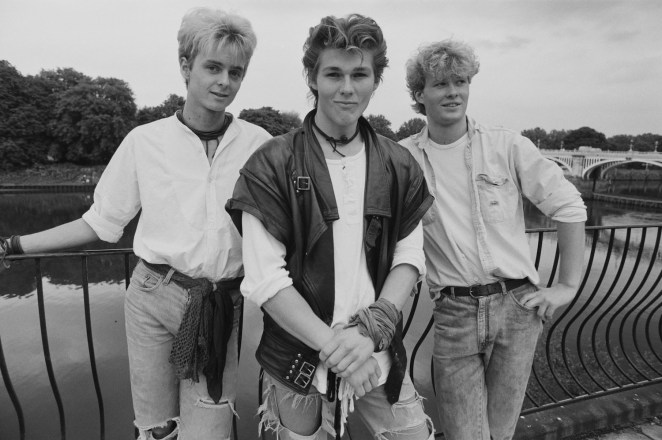
By the early ’90s, each member also broke off as solo artists with Harket releasing his debut Poetenes Evangelium in 1993 and five more solo albums after, through his sixth in 2014, Brother, while Waaktaar-Savoy, his wife Lauren Savoy, and Frode Unneland formed Savoy and released their 1996 debut, Mary is Coming. In 2024, Savoy released their seventh album, Under.
Furuholmen dove deeper into his visual art and solo projects, including Timbersound in 1994 and his solo debut Past Perfect Future Tense in 2004, featuring Travis guitarist Andy Dunlop and Coldplay drummer Will Champion. In 2008, Furuholmen also collaborated with Mew vocalist Jonas Bjerrem, Coldplay bassist Guy Berryman, and drummer Martin Terefe on Apparatjik, releasing We Are Here in 2010 and Square Peg in a Round Hole in 2012. Furuholmen’s most recent solo album, Living with Ourselves, was released in 2025.
Reconvening in the ‘00s, A-ha released Minor Earth Major Sky and several more albums through Foot of the Mountain in 2009 before taking another hiatus a year later, then reconnecting on the 2015 release Cast in Steel, and for the band’s eleventh album, True North.
In 2022, the band continued their world tour, which initially kicked off in 2019 but was delayed due to the pandemic, a belated 35th anniversary celebration of the album that started it all for them, Hunting High and Low. That year, Furuholmen, Waaktaar-Savoy, and Harket also spoke to American Songwriter individually for the November issue about the making of True North. During the interviews, each also shared their journey as songwriters.
*Excerpts were pulled from individual interviews with Waaktaar-Savoy, Harket, and Furuholmen conducted in 2022.
[RELATED: A-ha Follow Their Compass to ‘True North’ — 2022 Interview]
American Songwriter: Over time, how has songwriting shifted for you in and out of A-ha?
Magne Furuholmen: In a way, I’ve become much more disciplined than I was as a younger man. It’s easier now, because I sort of unleashed the lyric writing side of things. And that was a big change. That happened around the time of Minor Earth Major Sky and the following albums. I completed songs on my own, whereas before I would always leave it to Paul. I wouldn’t say they come easily, but I find every time I sit down with an instrument, there are things that I find interesting and pursue them.
In terms of farming lingo, I do crop rotation all the time. I jump between music and visual arts, and I think that has helped me a lot with discipline, and it’s a bit like a muscle. You sit down, and it’s hard to get back to where you were, but it’s getting easier and easier to go into that room and delve into that atmosphere. I think it’s some of the best songs I’ve written on this album [True North], so I’m super happy that I was allowed to do it.
AS: There’s always been an evolution of sound from A-ha, from the 1980s and ’90s and into smething like Minor Earth Major Sky and later albums.
MF: There have been moments in the past where we have willfully turned away from the ’80s to explore other sounds, and then willfully returned. It [True North] was always with an orchestra in mind. So the demos were done with this concept in mind.
I have the same kind of restlessness in my visual art practice. I do something, and it becomes an exhibition or two. And then if it goes well, I start to get antsy about it. I don’t want to continue. I want to discipline myself by taking things out of the toolbox, so to speak, and push myself into doing new things. It’s surprisingly cohesive, I guess, from a songwriting point of view, over the years, but sonically, I think we’ve just always done what we wanted.
There was a huge debate, even with Scoundrel Days like “Wow, there’s no new ‘Take on Me’ on it.’ Of course, there isn’t. These are songs we want to do now.” In the short term, it may have kept us from being in the limelight, certainly in America. We struggled after the first album. But in the long term, I think it has given us more legs because we have just persevered and gone our wily way through. We don’t have to have everyone love us. The fact that some people do is more than enough of a huge privilege.
AS: Sonically, the Arctic Philharmonic provided a significant backdrop on True North, but there’s always been something about A-ha’s songs, since the beginning (and evident in the band’s 2017 MTV Unplugged performance) that seemed perfectly transferrable to fit more orchestrated soundscapes.
MG: We have a sort of penchant for grandeur. I think that can be traced back to the landscape. When you listen to the music of Edvard Grieg, there’s something fundamentally Scandinavian in that music. It comes from folk music, but folk music is much more jolly and poppy in a way, and he took these elements of folk music and turned them into a sort of epic, grand emotions. I think that’s where our hearts and souls are nesting.
Every step along the way, this sort of orchestral sound has been in the background of what we do, this sort of epic sweeping vastness, which can be related to landscape or emotional life. And that was clear on this project [True North] from the start, with an orchestra.
There is an irony when we are termed a dark, melancholic band. Well, we come from a dark, melancholy country, but it’s not a state of depression. It’s a state of yearning. It’s a state of longing. It’s the belief in facing up to things rather than pushing them under the rug.
AS: From Bridges to A-ha and your solo projects, do songs generally come to you in the same way?
Pål Waaktaar-Savoy: Songs are often like mirrors, or like photographs, and to get a good one, you have to catch the light when it’s just right and be at the right place and time and be in the right frame of mind. It can be effortless, but usually after a lengthy search. Most of the time, I’m just looking for something beautiful that resonates in me (and hopefully a few others, too), that makes my mind wander.
With this album [True North], I had a lot of songs in the pipeline and I tried to choose the ones that would suit Morten’s voice. None of them are about the ocean or Northern Norway or any of that jazz. I think of my six songs as something separate from the title and the rest of the album.
I can always hear stuff in my writing that traces back decades, to the Bridges albums of my teenage years and every album since. The way certain notes or chords or key-changes rub against each other has always been something I gravitate toward. On this album, I’ve also been inspired to use a lot more extended chords than previously. You can hear this especially on “Bumblebee,” “Hunter in the Hills,” and “Oh My Word,” which almost gives me some South American vibes.
Before, I might have shied away from incorporating too many fancy jazzy chords like that as they tend to turn on the light where I wouldn’t want to, but they can have a strange mood in the right setting. … I really just wanted to make some straight up pop songs—we are a pop band after all—but the songs always veer off in one direction or another.
[RELATED: A-ha Return to Radio City Music Hall for First Time Since 1986]
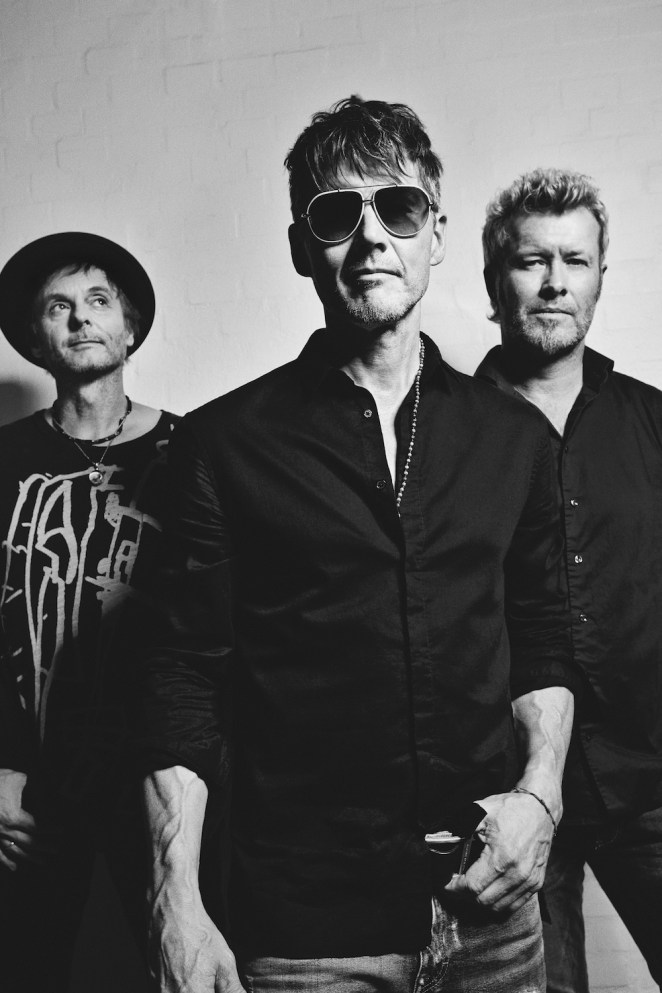
AS: What is it that’s still enticing about creating a song?
PWS: I’m still addicted to that great feeling you get when you can sense a new tune coming through, to unravel the mystery of what the lyrics should be about, what type of arrangement would be cool. That rush is still the main driving force. I have tried numerous times to invent new ways to go about the way I write, to shake things up, and that can be good for a while, but I tend to drift back to where I started with just an acoustic guitar or a piano. It’s easier to see the different places it can go when it’s that open and neutral.
I try not to be too much of a critic when I write as I’ve seen so many times that a great bit can come out of a so-so piece, like the chorus on “[The] Sun Always Shine On TV” was written as a last minute middle-8 on a song I was working on called “Never Never.” Putting bits of songs together that come from different places often provides a great lift or adds a dimension you wouldn’t have stumbled upon otherwise.
AS: Have you been working on anything new outside of A-ha?
Morten Harket: More so than ever before. I have quite a lot of material now that I need to deal with, so that’s next in line for me.
AS: How do songs often come together for you?
MH: You have to get into a mode where you are completely silent or quiet in yourself. You need to get into a listening mode, where you are able to receive, because it’s not something you make up. You don’t make it up when writing. It comes to you. It’s something you get to do more than something you do. I think you have to be small. If you’re looking for a big song, go after the smallest, tiniest thing you can. It’s those tiny little seeds, they can turn into wonderful things. But that’s one thing that seemingly comes out of nowhere because I don’t know where it comes from. I don’t feel like I make it, if I’ve had an epiphany or revelation, or if something’s come to me.
It’s like if there’s a great piece that you want to translate from one language to another. You can’t translate it, you have to rediscover it. And that is interesting because when we create something that wasn’t there before and it comes into being out of seemingly nowhere in an immeasurable amount of time. That very instant, you become aware of it. The moments before, it wasn’t there, then suddenly, it’s there. And your job is to be able to download it, in a sense, and put it into a language which is communicable to other people and yourself for that sake, and to wake up the next morning, “Wow, yeah, I got it. I captured it. It’s there. Where did he come from?”
AS: That’s the magic of songwriting.
MH: Yeah, but it’s also the magic of creation.
*Excerpts were pulled from individual interviews with Waaktaar-Savoy, Harket, and Furuholmen conducted in 2022.
Main Photo: Stian Anderson

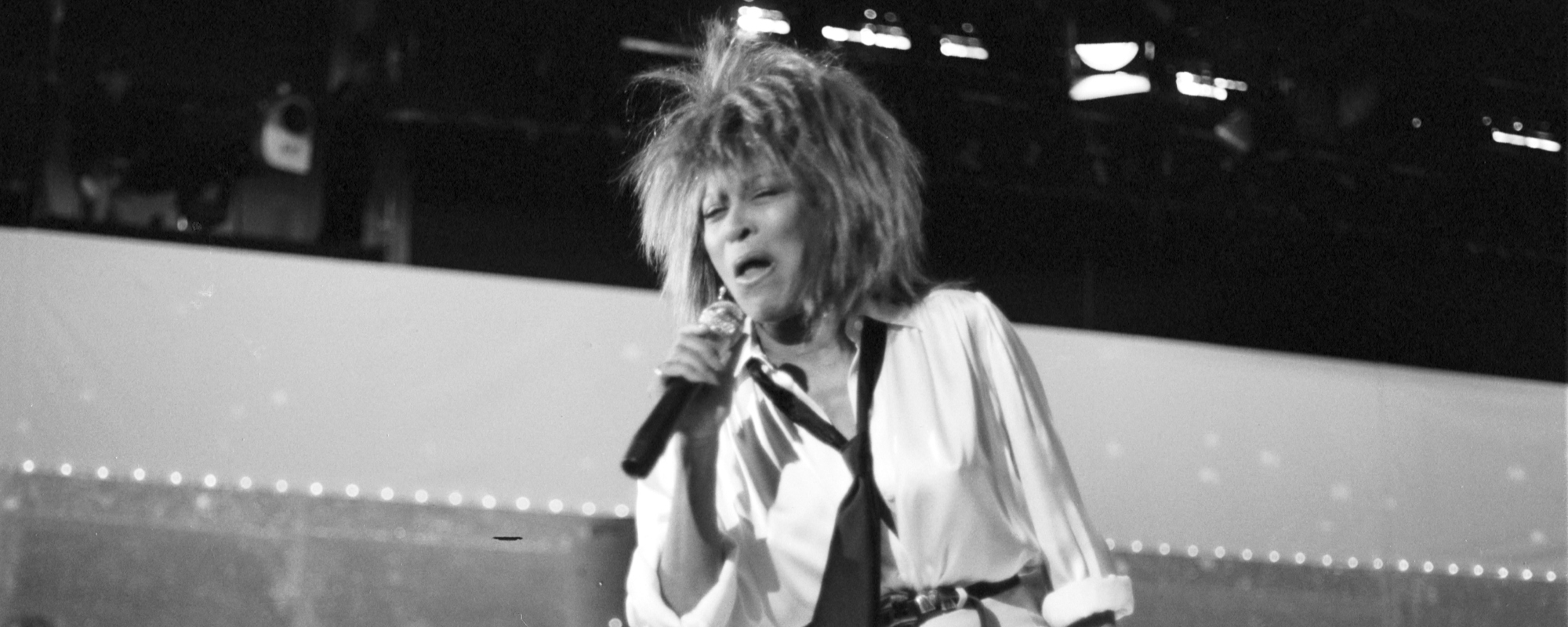
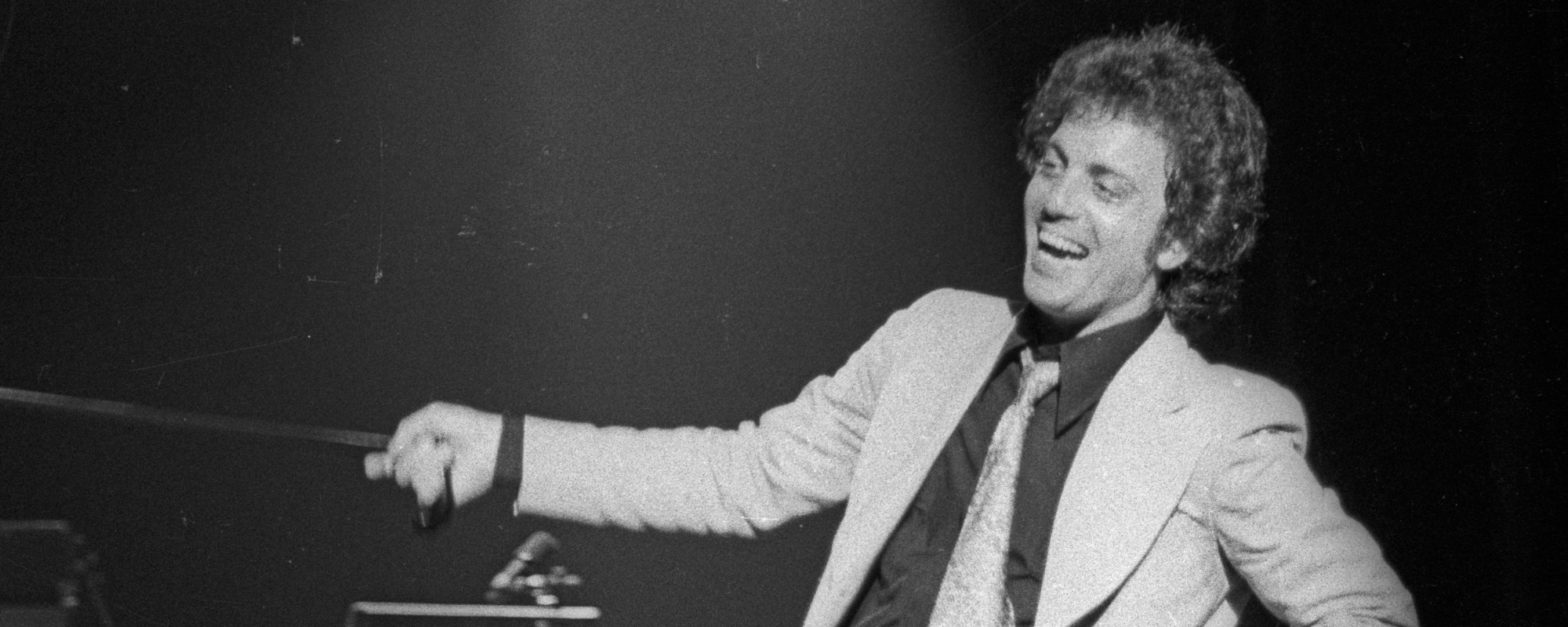
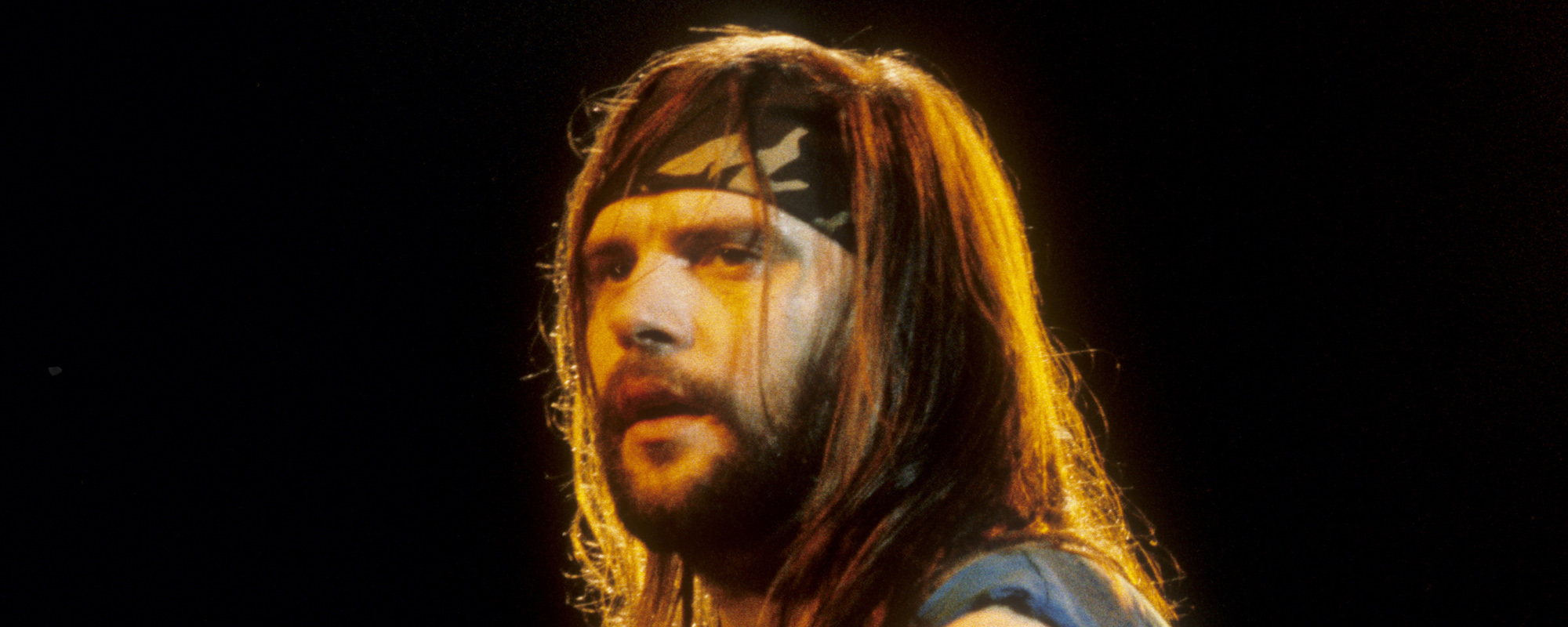
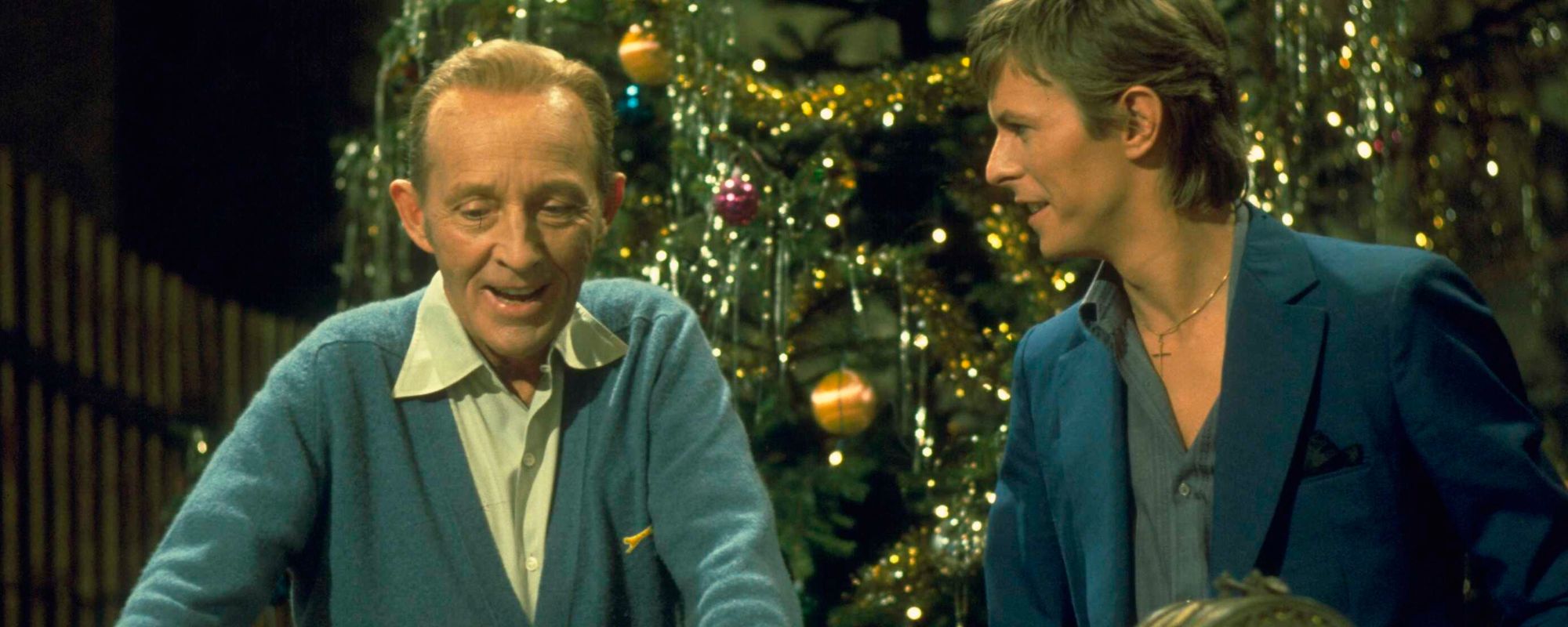
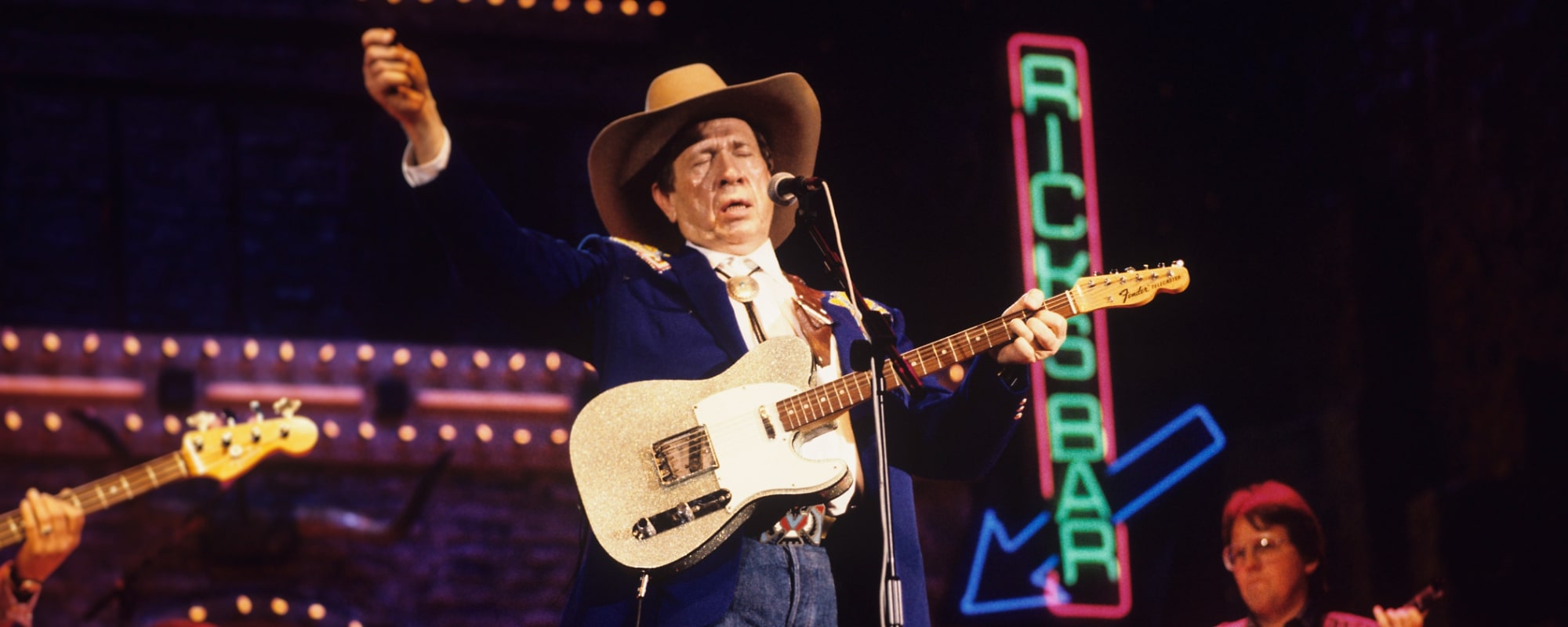

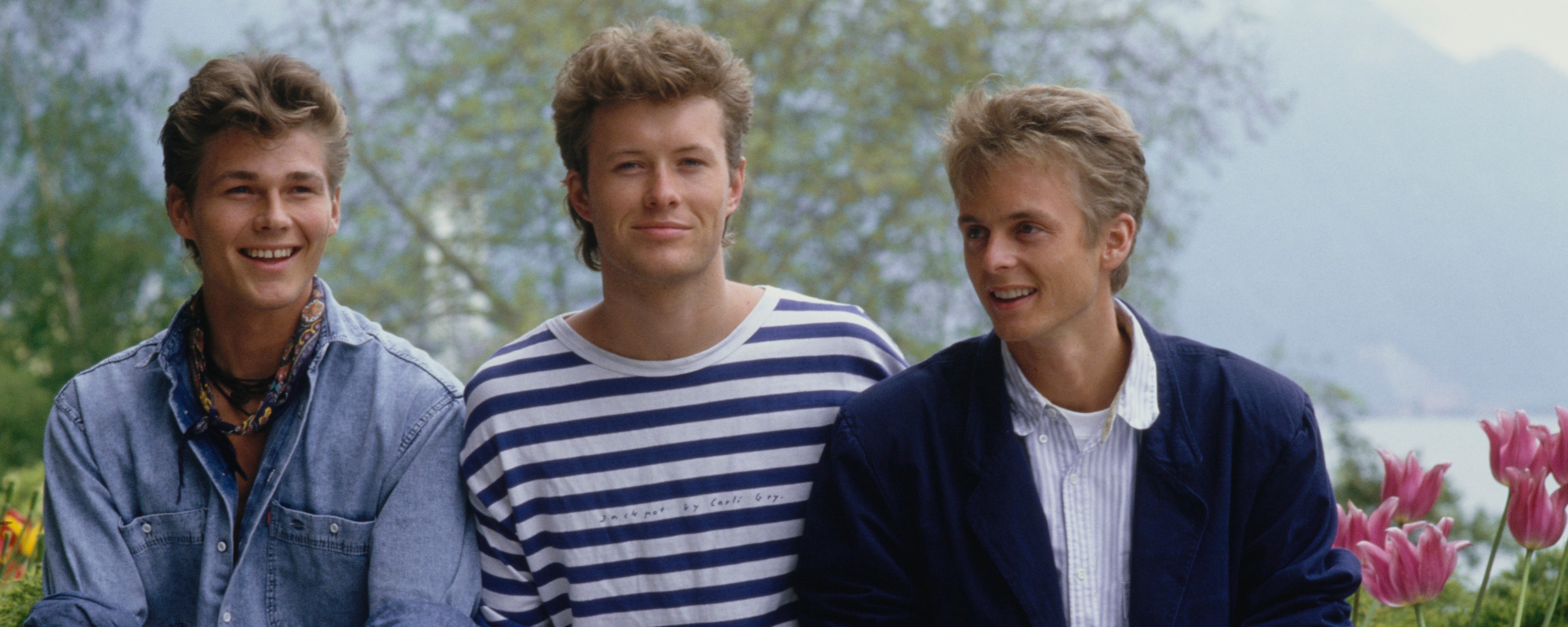
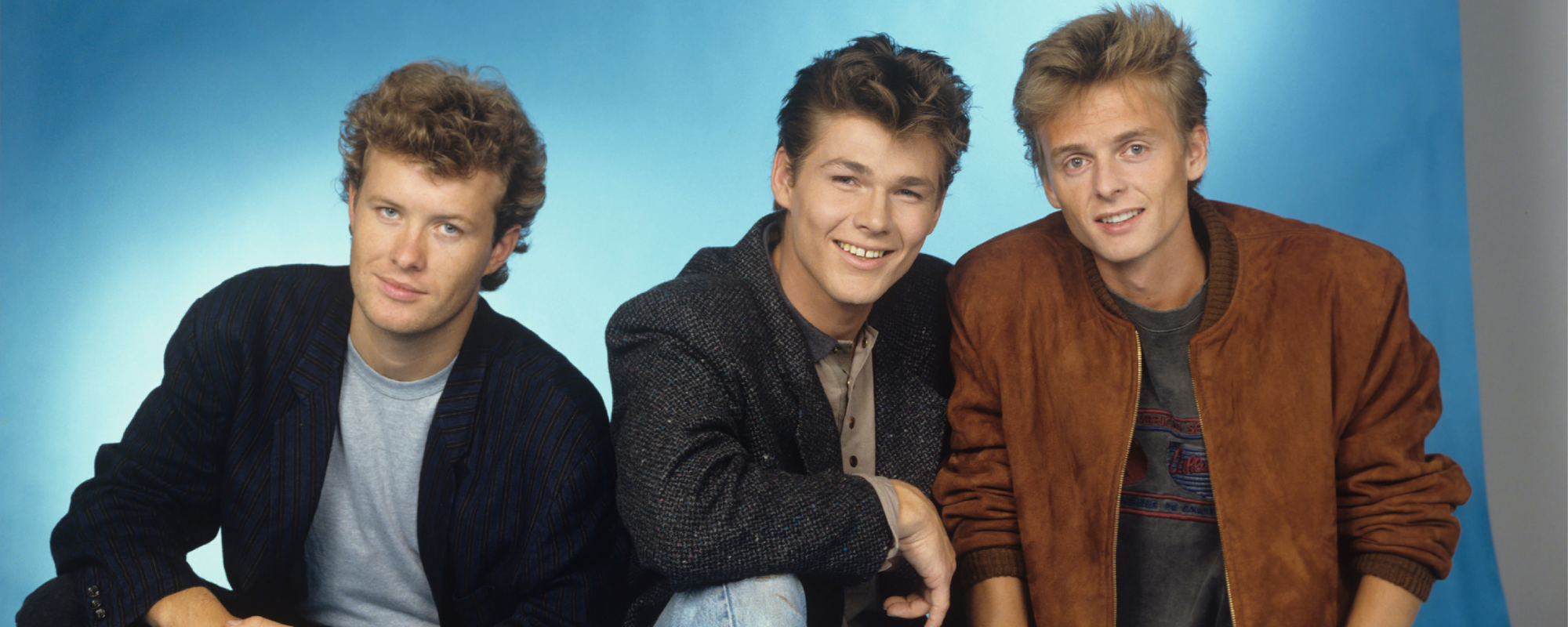
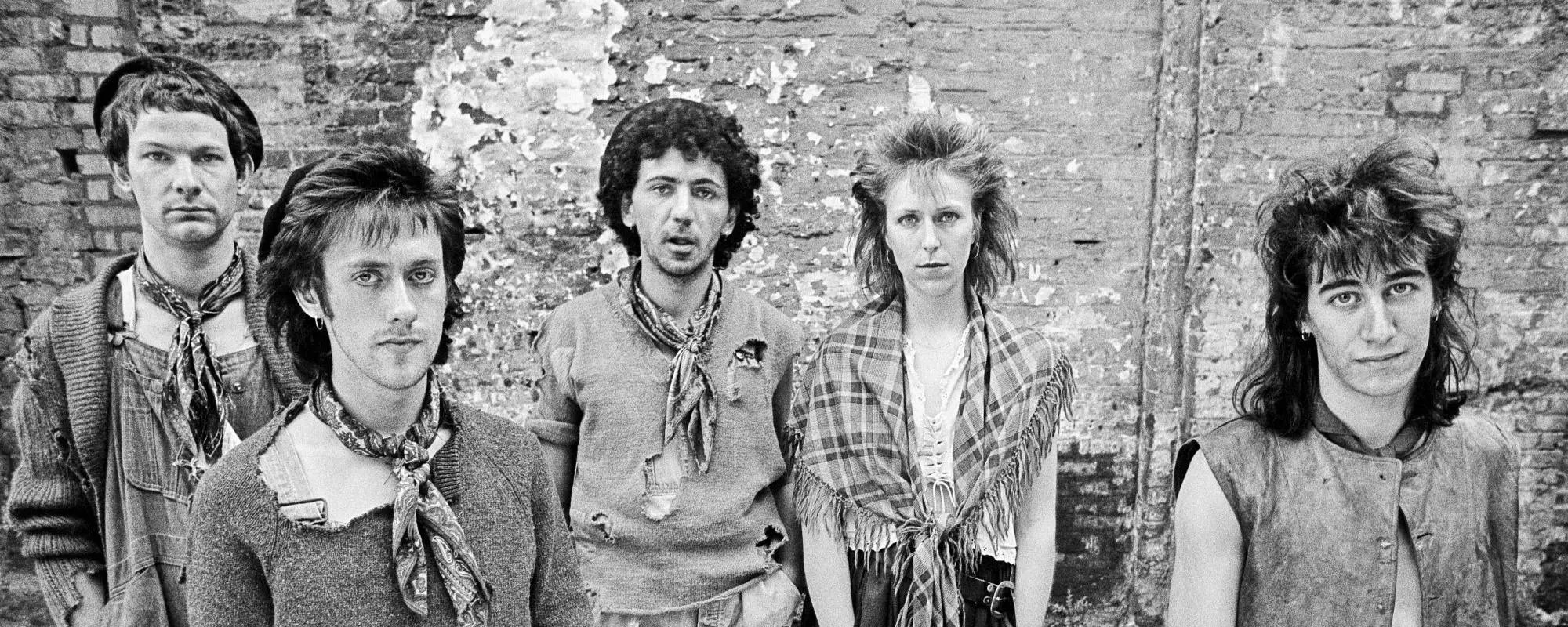
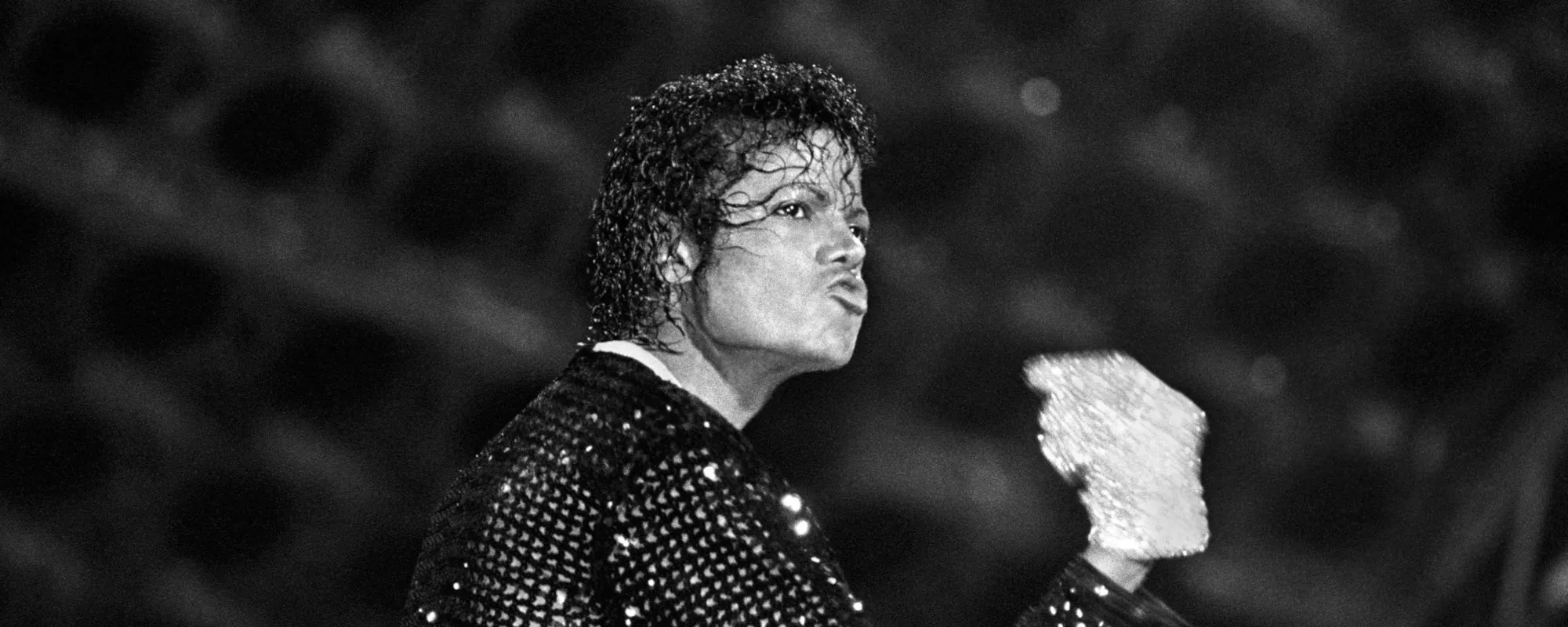
Leave a Reply
Only members can comment. Become a member. Already a member? Log in.